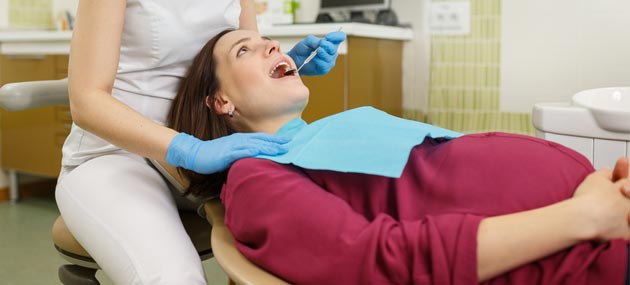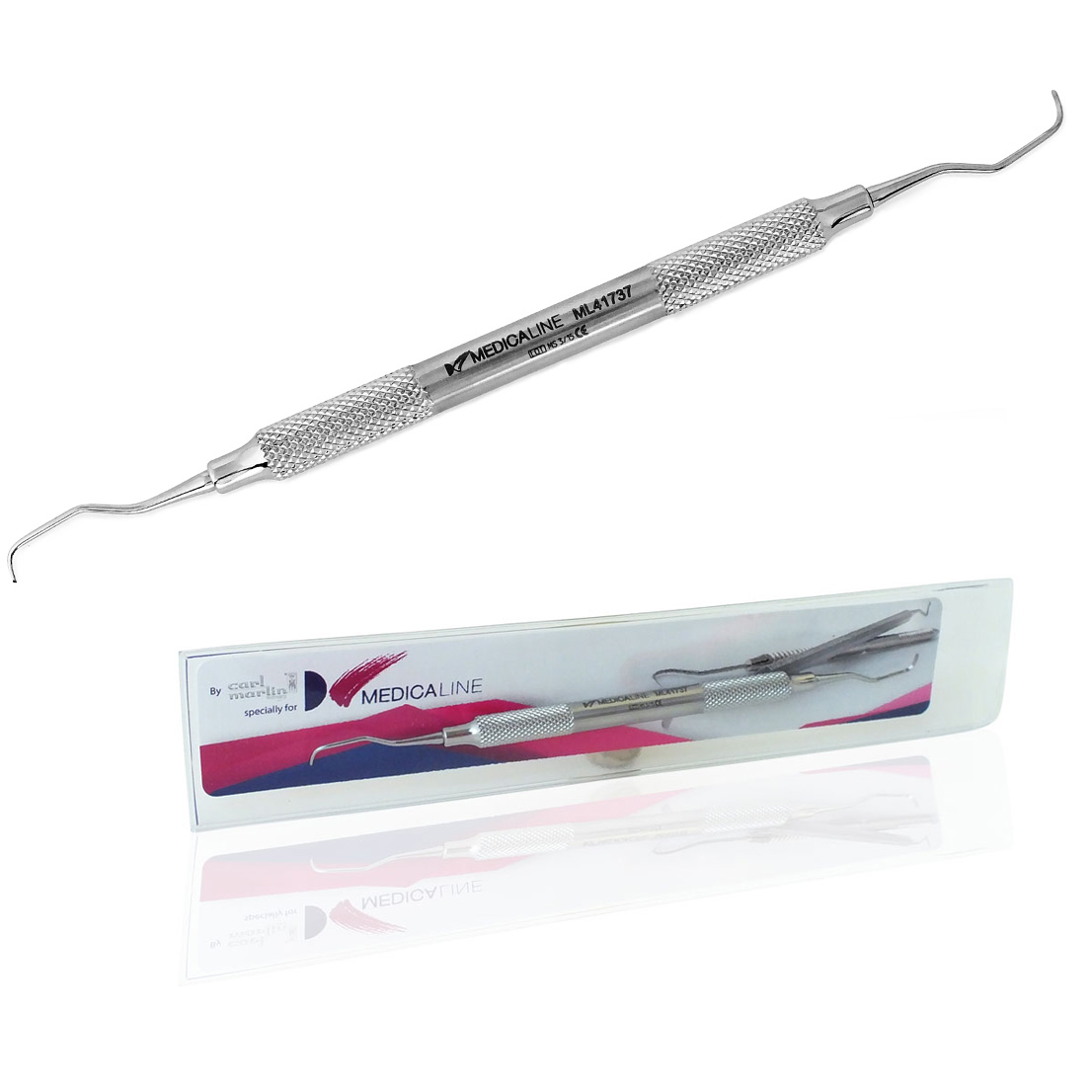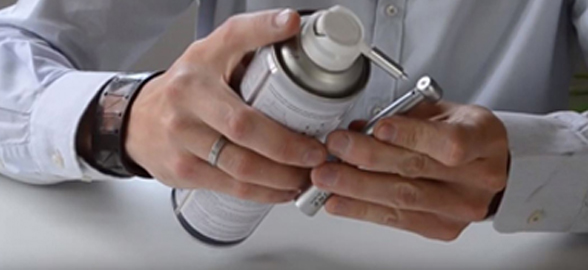During pregnancy, a women’s body undergoes many changes. One of the main areas affected by these changes is a women’s mouth. Heightened hormone levels, mainly estrogen and progesterone, significantly increase vascular permeability in the gingival tissues and, if dental plaque is present, promote gingival inflammation. In the cases of pregnant women who already have periodontitis, the clinical situation has a much more severe effect. Two cases to watch out for with a pregnant patient are localized lesions (pregnancy epulis which is a form of swelling) and pregnancy gingivitis. Although these may only appear during pregnancy a women’s body usually returns back to a state of health post birth which is something to keep in mind when treating a pregnant patient with any form of gum disease.

The importance and value of oral health during pregnancy must not be underestimated. Studies carried out by health professionals and scientists alike have shown there to be possible links between periodontal diseases and adverse pregnancy outcomes some of which include early birth, being underweight at birth, and pre-eclampsia. Immune and inflammatory bodily responses which subsequently lead to adverse pregnancy outcomes are believed to be caused by certain bacteria getting through via haematogenous dissemation into the foeto-placental unit which is what ultimately could cause these adverse pregnancy outcomes.
However worrying the link between periodontal diseases and adverse pregnancy outcomes may be, certain plaque removal regimens and another periodontal treatment have been shown to be safe when performed during pregnancy. Rather than wait to be treated during pregnancy it would be recommended to be treated and visit an oral health care specialist prior to conception to minimize the risk of adverse pregnancy outcomes.
Pregnant patients seeking advice.
Pregnancy is an incredibly beautiful part of a women’s life and there for should addressed with great caution and care. It is vital for oral health care practioners to give pregnant women the appropriate and specialized oral health care they need during this time which includes raising awareness of the possible risks of periodontal diseases during pregnancy, precautions to avoid periodontal disease and healing solutions that can be offered and followed.

Steps an oral health care professional can follow when a patient comes in.
Firstly, an oral health care professional should ask their patient if they are pregnant or trying to get pregnant. If their patient is pregnant the following steps should be followed:
1. The stage of pregnancy should be identified (as certain treatments are performed better at different semesters)
2. The patient’s medical history should be analyzed with more attention placed on adverse pregnancy outcomes from previous pregnancies, hypertensions, diabetes, heart health issues and any that require the use of serious medications.
3. The risk factors should then be assessed
4. Lastly, a full oral examination, including a periodontal evaluation should be carried out. This step will identify which diagnosis is relevant whether it be periodontitis, gingivitis or normal and healthy gums. According to the diagnosis given the appropriate professional intervention should be followed. Measures against periodontal disease that an oral care professional can suggest to their patients. Ultimately the most effective solution to periodontal health diseases is the prevention of them in the first place. Products and equiptment that would be of great use to a periodontist or oral health care professional can be found by click here and being rediredted to our specialised periodontal products.
Some preventative measures that can be advised to patients are:
• Brushing teeth: brushing teeth after meals helps remove food Debris and plaque that can get trapped between your teeth and gums.
• Tongue scraping: is an ancient Ayurveda technique involving a tongue scraper which can get bought at your nearest health store which helps remove bacteria from the tongue where it often is found but not removed from brushing teeth.
• Flossing: helps remove plaque and food debris between teeth that your patients tooth brush often can’t reach.
• Knowing your risk: age, diet, smoking and genetics can all influence and increase the chance of your patient contracting periodontal diseases.
• Booking an appointment with a periodontist: Be sure to get an annual comprehensive periodontal evaluation (CPE) with a periodontist. Identifying symptoms of gum disease early is key to protecting your teeth and gums and minimizing the affects they may have later on in life or during pregnancy.

Overall it is advised for oral health care practioners to communicate with their patients about the risks, effects and recommendations to prevent or treat periodontal disease not only during pregnancy but also prior to conception. This will help to minimize the side effects of periodontal disease on the pregnant patient and foetus as well as help patients avoid contracting it to begin with.
Some periodontal products that might be useful can be found below:

1. PERIODONTAL PROBE DTE The periodontal catheter is an essential instrument in the examination of cavities in periodontics. It can be used to obtain information on the presence of tartar or excess sealing. The probe comes in different sizes depending on the size of the gingival cavity that needs to be treated.

2. GRACEY CURETTE MEDICLINE Within their range of dental instruments Medicaline presents this simple metal Gracey Curette, angled with two active parts which allow for deep scaling, root planing and periodontal debridement.The style, length and shape additionally allows for access of the most difficult to reach areas in the mouth. This Gracey Curette from Medicaline is available in the following sizes: 5-6, 7-8, 11-12 and 13-14.



